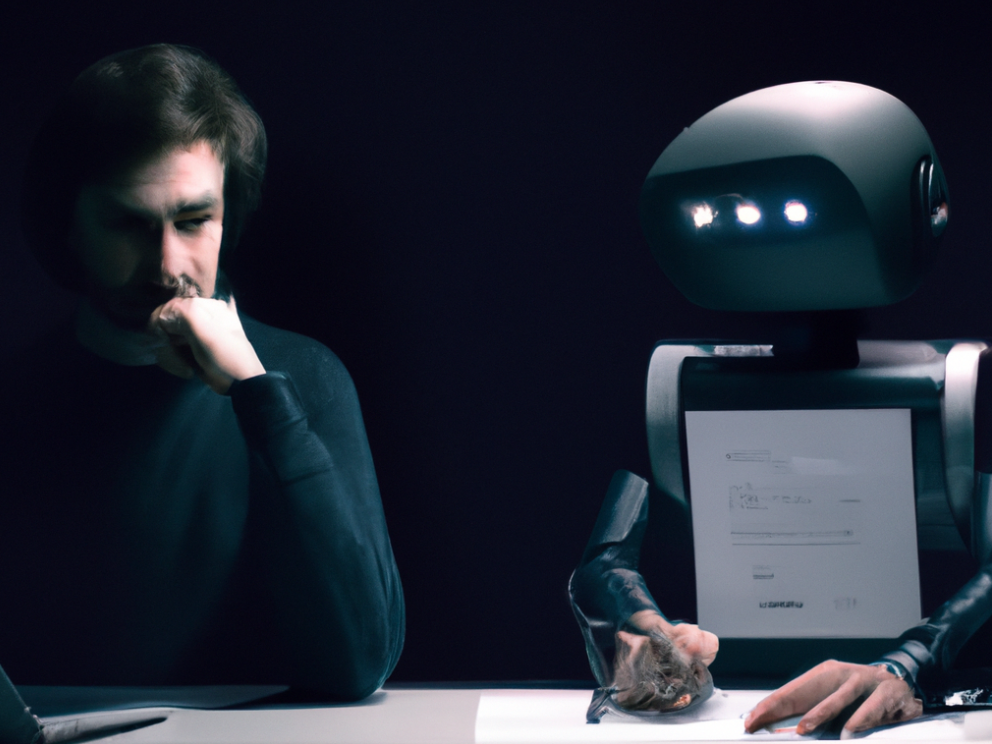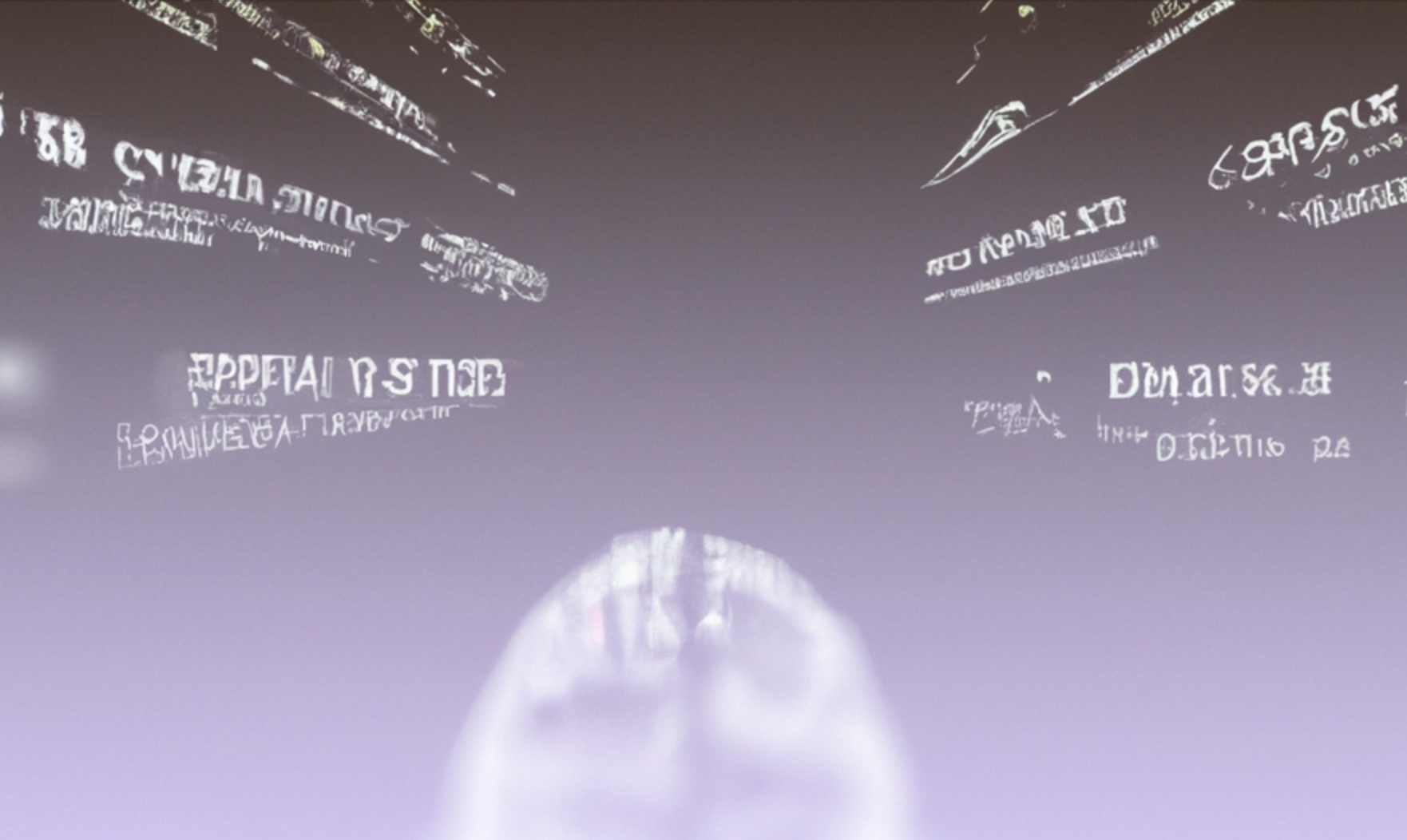Artificial Intelligence, or AI, is making waves in many industries, and publishing is no stranger to this digital revolution. This technology offers us exciting possibilities for automation and innovation. However, it doesn’t stop at reshaping our services; AI could well change the entire creative process and how we consume written content.
It’s fascinating to note that AI has most likely infiltrated the entire publishing process, often without us being fully aware of it. From authors to editors and content creators, many are already employing AI tools in their daily tasks. What’s more, they might be doing so independently, without explicit organisational policies or visibility. This invisible integration poses its own set of challenges and underscores the importance of developing clear organisational policies regarding AI usage in publishing.
This brings us to a crucial question every organisation must consider: how should we use AI? Should it be involved in creating content or just editing the existing one? Do we use it for crafting short-form content? What’s our stance for marketing material versus internal or published content? With evolving laws and regulations, these questions don’t have a one-size-fits-all answer. Plus, let’s not forget about copyright issues – they’re pretty important too!
Looking ahead, we should also ponder about AI generating longer-form content. Some readers might like AI-authored works, especially for straight facts or formulaic content. But, let’s be honest, many might feel they’re less valuable than books written by a human author.
To give you an example from my life, I wouldn’t mind if an AI churned out a football game’s match report. However, the thought of reading a book or watching a screenplay written by AI just doesn’t sit well with me. It’s like watching chess – sure, AI can beat world-class players, but we enjoy watching humans play more. Why? It’s about the shared human emotions, the drama – these are things that AI can’t reproduce.
That said, we can’t ignore the huge potential of AI-written content. Imagine customised narratives for individual readers, or stories changing in real-time based on the reader’s mood or preferences! The catch is, the writing has to be top-notch to keep readers interested, and current AI is not quite there yet.
Furthermore, as AI becomes an integral part of our lives, it’s possible our cultural perception may change. Future generations, who’ll grow up with AI around them, might be more open to AI-authored works.
Still, it’s unlikely that AI will entirely replace human-authored content. Just like in chess, the human touch, the creativity, and the unique nuances that an author brings to their work are what truly connect with readers – things AI can’t replicate.
Most of the time, the use of AI in publishing might go unnoticed by both the reader and possibly even the publisher, especially when AI is used to aid in editing or translating a human-authored work. This is a challenge for publishers. How can we tell if AI was used in content creation, and should we even need to know, or care?
It’s also important to consider the line between human and AI-created works and if we need to define such a line. Current systems that detect AI-created content mainly look for repetitive, formulaic, and generic content. However, as AI gets more advanced, it’ll be harder to tell AI content from human-created content.
AI will surely have a big impact on publishing, but the change won’t happen overnight. Like any new tool, it’s important to understand AI and its potential uses in our operations. The future might seem uncertain, but with clear policies and an open mind, navigating this AI revolution can lead to exciting new possibilities and growth for the publishing industry.





